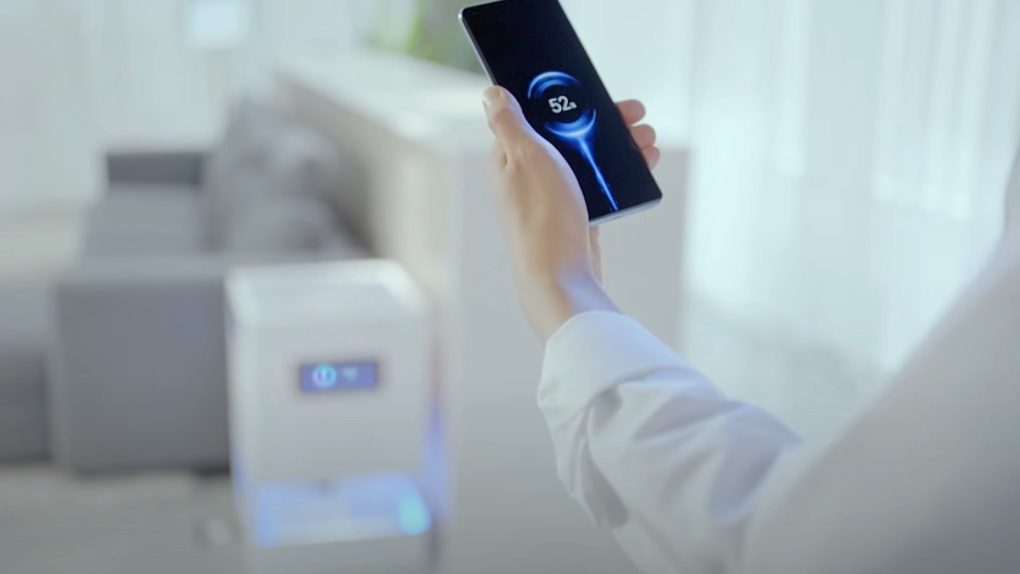Wireless charging is a smartphone feature we’ve come to take for granted and expect from every high-end handset. But wireless charging tech is only in its infancy, and what we currently refer to as wireless charging is very limited. To wirelessly recharge a battery, we need particular components installed in smartphones, watches, and headphones. We then place these gadgets on a charging mat or in a case, and we can’t use them while they recharge. Wireless charging is little more than a convenience that allows us to continually top-up the smartphone’s battery while we’re not using it.
True, across-the-room, wireless charging is the kind of wireless battery charging tech we want. Several companies are already developing long-distance wireless charging. Some do so quietly, while others have already announced early technology and concept devices. We’ve seen demos of long-distance wireless charging from Chinese smartphone makers Xiaomi, Oppo, and Motorola this year, with the latter having at least a couple of different takes on the tech. But researchers from Singapore have developed an even more unusual way of charging a device wirelessly. They want to use the human body to pass power from a smartphone placed in the user’s pocket to a wearable on their wrist, or the other way around.
The technology sounds like it’s hailing from one of the latest sci-fi movies, but Singaporean scientists have actually found a way to tap the human body for wireless power transmission. The National University of Singapore’s (NUS) Department of Electrical and Computer Engineering team published their findings in Nature Electronics (via Gadgets 360).
The technology is meant to deal with the body-shadowing issues that might appear when wirelessly charging devices in a small indoor area. Rather than having a long-distance wireless charging system beam energy around a human body in the room, the new system would turn the body into an element that can power wireless charging.
The NUS scientists developed a body-coupled power transmission process to allow two or more devices to exchange power by using the human body as a medium. A transmitter is placed on a power source, like a smartwatch on the wrist. The system can then harness energy from that source to recharge multiple devices in close proximity to the user, each featuring a receiver. The transmitter and receiver would contain chips that make the power transmission possible.
This would allow a user to only worry about recharging a single device without taking off wearable gadgets like a smartwatch or wireless earphones. A smartphone with its bigger battery would make a better candidate for beaming up the energy to wearables around the user.
Furthermore, the NUS researchers looked at whether the human body could collect energy from the immediate environment and turn it into power that could recharge the batteries of nearby wearable devices. The team tried to harvest the electromagnetic waves that people are routinely exposed to at the office or at home, like laptops or other electronics. The technology lets them harvest this untapped energy and power wearable devices, regardless of where they’re located on the body. That said, it’s too early to tell if this futuristic technology will ever be used in commercial devices.








